Filter by
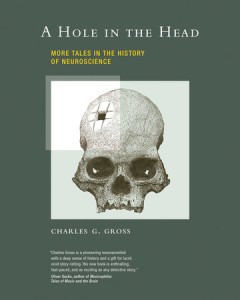
A hole in the head : More Tales in the History of Neuroscience
Essays on great figures and important issues, advances and blind alleys-from trepanation to the discovery of grandmother cells-in the history of brain sciences.
- Edition
- -
- ISBN/ISSN
- -
- Collation
- 1 online resource (x, 356 pages) : illustrations
- Series Title
- -
- Call Number
- -
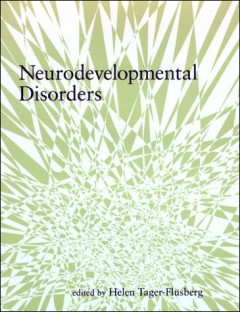
Neurodevelopmental disorders
"Until recently, genetic, neuroanatomical, and psychological investigations on neurodevelopmental disorders were carried out independently. Now, tremendous advances across all disciplines have brought us toward a new scientific frontier: the integration of molecular genetics with a developmental cognitive neuroscience. The goal is to understand the basic mechanisms by which genes and environmen…
- Edition
- -
- ISBN/ISSN
- 9780262284653
- Collation
- 1 online resource (xii, 614 pages) :illustrations.
- Series Title
- -
- Call Number
- -

Better than conscious? : DECISION MAKING, the HUMAN MIND, and IMPLICATIONS FO…
Experts discuss the implications of the ways humans reach decisions through the conscious and subconscious processing of information. Conscious control enables human decision makers to override routines, to exercise willpower, to find innovative solutions, to learn by instruction, to decide collectively, and to justify their choices. These and many more advantages, however, come at a price: the…
- Edition
- -
- ISBN/ISSN
- -
- Collation
- 1 online resource (xiv, 449 pages) : illustrations (some color).
- Series Title
- -
- Call Number
- -

Brain signal analysis Advances in Neuroelectric and Neuromagnetic Methods
This title explores recent developments in the tools and techniques of data acquisition and analysis in cognitive electrophysiology.
- Edition
- -
- ISBN/ISSN
- -
- Collation
- 1 online resource (x, 259 pages, 8 unnumbered pages of plates) : illustrations (some color)
- Series Title
- -
- Call Number
- -
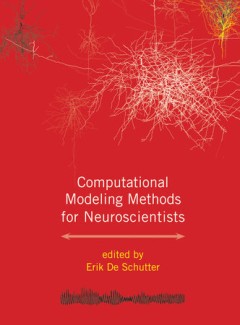
Computational modeling methods for neuroscientists
This is a guide to computational modelling methods in neuroscience covering a range of modelling scales from molecular reactions to large neural networks.
- Edition
- -
- ISBN/ISSN
- -
- Collation
- 1 online resource (xii, 419 pages) : illustrations.
- Series Title
- -
- Call Number
- -
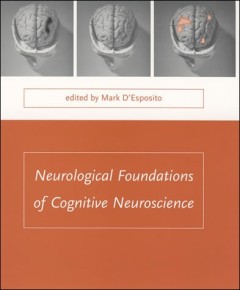
Neurological foundations of cognitive neuroscience
"A Bradford book."A review of a broad range of neurobehavioral syndromes from both neurological and cognitive neuroscientific perspectives.Despite dramatic advances in neuroimaging techniques, patient-based analyses of brain disorders continue to offer important insights into the functioning of the normal brain. Bridging the gap between the work of neurologists studying clinical disorders and n…
- Edition
- -
- ISBN/ISSN
- 9780262271103
- Collation
- 1 online resource (290 pages) :illustrations.
- Series Title
- -
- Call Number
- -
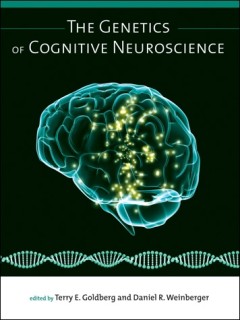
The genetics of cognitive neuroscience / of Cognitive Neuroscience
A primer on understanding the influence of specific genetic variants on cognition, affective regulation, personality, and central nervous system disorders.
- Edition
- -
- ISBN/ISSN
- -
- Collation
- 1 online resource (xii, 297 pages) : illustrations.
- Series Title
- -
- Call Number
- -
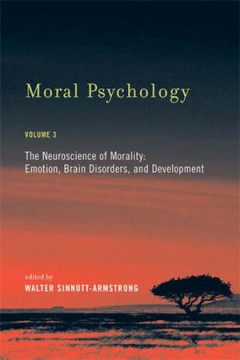
Moral psychology, The Neuroscience of Morality: Emotion, Brain Disorders, and…
"For much of the twentieth century, philosophy and science went their separate ways. In moral philosophy, fear of the so-called naturalistic fallacy kept moral philosophers from incorporating developments in biology and psychology. Since the 1990s, however, many philosophers have drawn on recent advances in cognitive psychology, brain science, and evolutionary psychology to inform their work. T…
- Edition
- -
- ISBN/ISSN
- -
- Collation
- -
- Series Title
- -
- Call Number
- -
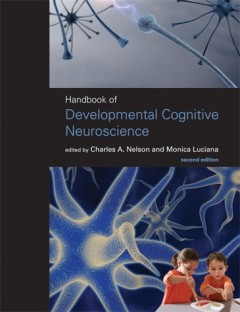
Handbook of developmental cognitive neuroscience / Cognitive Neuroscience (Se…
The second edition of an essential resource to the evolving field of developmental cognitive neuroscience, completely revised, with expanded emphasis on social neuroscience, clinical disorders, and imaging genomics.The publication of the second edition of this handbook testifies to the rapid evolution of developmental cognitive neuroscience as a distinct field. Brain imaging and recording techn…
- Edition
- -
- ISBN/ISSN
- -
- Collation
- 1 online resource (xi, 923 pages) : illustrations (some color).
- Series Title
- -
- Call Number
- -

Journey from Cognition to Brain to Gene: Perspectives from Williams Syndrome
A blueprint for the investigation of neurodevelopmental disorders, this book presents the work of a team of scientists using a multidisciplinary, integrated approach to link genes with human behavior. Using Williams syndrome as a model, leading researchers in neuroanatomy, neurocognition, neurophysiology, and molecular genetics have built bridges between disciplines to link higher cognitive fun…
- Edition
- 1
- ISBN/ISSN
- 9780262287395
- Collation
- -
- Series Title
- -
- Call Number
- -
 Computer Science, Information & General Works
Computer Science, Information & General Works  Philosophy & Psychology
Philosophy & Psychology  Religion
Religion  Social Sciences
Social Sciences  Language
Language  Pure Science
Pure Science  Applied Sciences
Applied Sciences  Art & Recreation
Art & Recreation  Literature
Literature  History & Geography
History & Geography